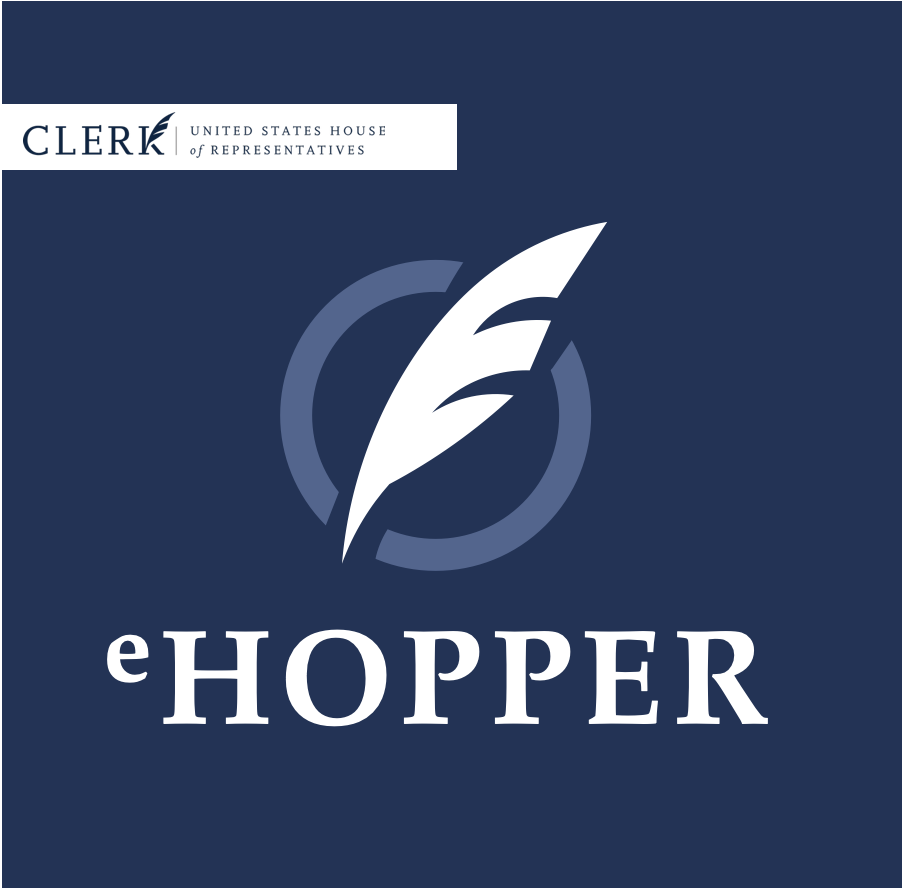Legislative Technology
This series on legislative technology, with an initial focus on technology used in the U.S. Congress, will explore the tools and innovations that have been adopted or expanded in the past few years.
U.S. Congress
The U.S. Congress has long suffered from archaic technical infrastructure and processes.
In January 2019, the House took a significant step towards identifying and addressing these issues with the establishment of a bipartisan Select Committee on the Modernization of Congress, with a mandate to “investigate, study, make findings, hold public hearings, and develop recommendations on modernizing Congress,” including on “technology and innovation.”
The House Select Committee has issued a number of recommendations on how Congress can better use technology for its own internal operations, to address what our cofounder, Marci Harris, has called the “internal pacing problem.”
The “eHopper”
The eHopper is the system in the U.S. House of Representatives for electronically submitting floor documents such as bills, resolutions, and cosponsor forms.
The “eHopper” was introduced in the U.S. House of Representatives by the Office of the Clerk in response to the COVID-19 pandemic to provide Members with an alternative method for submitting legislative documents, which, until the the eHopper, still required physical submission of printed copies on the House Floor.
Deconflict
Deconflict utilizes data stored in the Committee Repository to display an up-to-date schedule of committee hearings and markups to majority committee staff. Staff are also able to input pending future events to place calendar holds on certain time slots and see which Members would be available at any given time.
The Comparative Print Suite
The House of Representatives’ new Comparative Print Suite allows staff to directly compare two versions of a bill — to easily see which changes have been made through line edits or amendments or to see how a bill would change a current law.
Most of the publicly available information on the Comparative Print Project comes from quarterly reports submitted by the Clerk of the House on the project’s development. There is little to no information on the project that is intended primarily for public consumption. The Comparative Print Project has received extraordinarily little public attention for how useful a software it is and how long it has been in development.
TourTrackr
TourTrackr allows congressional offices to digitize the constituent tour booking process, send confirmation emails, track upcoming tours, and see analytics for previous tours.
TourTrackr was designed to streamline the process of coordinating, scheduling, and organizing Capitol tours in congressional offices. The product also provides easy-to-use means for constituent engagement in the form of user-friendly email communications that can be sent by office staff. Rather than arduously keeping track of tours manually using a multitude of spreadsheets and individual emails, TourTrackr allows users to save staff time by consolidating the entire process into one application.
Quill
Quill facilitates the electronic signing of documents in the U.S. House of Representatives and U.S. Senate.
Quill was developed by the Senate and later shared with the Office of the Chief Administrative Officer of the House of Representatives in 2021. Quill allows approved congressional signers to edit electronic letters in real time and attach copies of Member’s original handwritten signatures. The system is designed to reduce the amount of time staff and interns need to devote to soliciting signatures from other offices via phone call and traveling throughout the Capitol complex.





